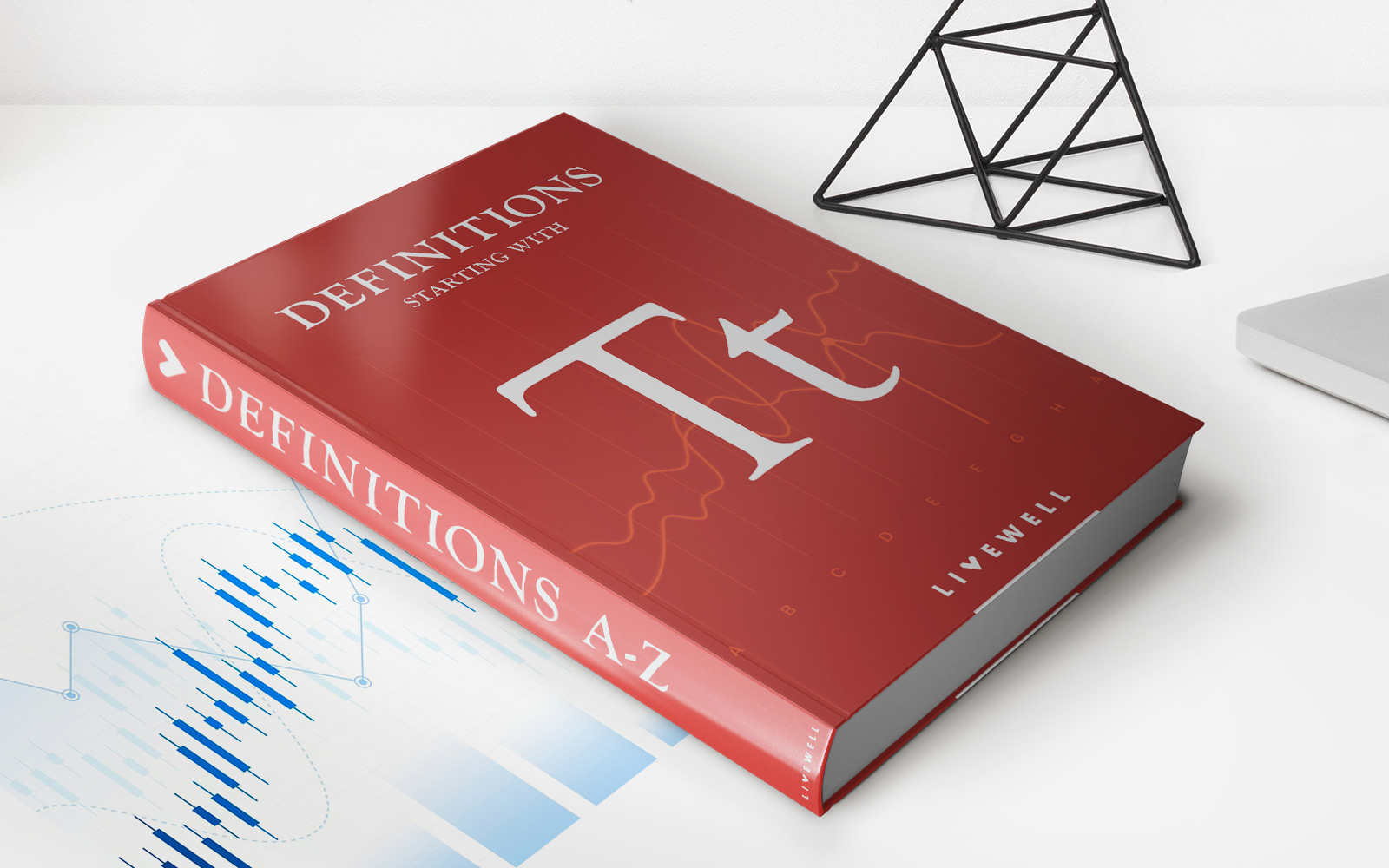Home>Finance>Financial Institutions Reform, Recovery, And Enforcement Act (FIRREA) Definition


Finance
Financial Institutions Reform, Recovery, And Enforcement Act (FIRREA) Definition
Published: November 24, 2023
Learn the definition of the Financial Institutions Reform, Recovery, and Enforcement Act (FIRREA). Understanding the impacts of this legislation on finance institutions
(Many of the links in this article redirect to a specific reviewed product. Your purchase of these products through affiliate links helps to generate commission for LiveWell, at no extra cost. Learn more)
The Financial Institutions Reform, Recovery, and Enforcement Act (FIRREA) Definition: A Comprehensive Guide
Welcome to the FINANCE category on our blog! Today, we’re going to dive into the Financial Institutions Reform, Recovery, and Enforcement Act (FIRREA) definition. If you’ve ever wondered what FIRREA is and how it impacts the financial industry, you’re in the right place. In this article, we’ll cover everything you need to know about FIRREA, from its purpose to its key provisions. Let’s get started!
Key Takeaways:
- FIRREA was enacted in response to the savings and loan crisis in the late 1980s.
- It aims to reform, recover, and enforce the regulations governing financial institutions.
The Financial Institutions Reform, Recovery, and Enforcement Act (FIRREA) was signed into law in 1989 by President George H.W. Bush. The primary objective of FIRREA was to address the issues that led to the savings and loan crisis of the 1980s, where hundreds of financial institutions failed, costing taxpayers billions of dollars. FIRREA’s overarching goal was to strengthen the regulatory framework surrounding financial institutions and promote stability in the industry.
So, what does FIRREA entail? Let’s delve into some of its key provisions:
- Regulatory Reform: FIRREA introduced significant regulatory reforms to enhance oversight and supervision of financial institutions. This included the establishment of the Office of Thrift Supervision (OTS), which assumed the responsibilities of supervising savings and loan associations.
- Deposit Insurance: FIRREA increased the maximum deposit insurance coverage provided by the Federal Deposit Insurance Corporation (FDIC) from $100,000 to $250,000 per depositor, ensuring greater protection for depositors’ funds.
- Appraisal Requirements: FIRREA implemented appraisal requirements for federally related real estate transactions, aiming to prevent fraud and inflated property values.
- Enforcement Powers: FIRREA granted extensive enforcement powers to regulatory agencies, allowing them to take action against individuals and institutions engaged in fraudulent activities.
In addition to these provisions, FIRREA also played a crucial role in establishing the Resolution Trust Corporation (RTC), which was responsible for managing and disposing of assets from failed savings and loan associations.
Now that you have a clearer understanding of FIRREA and its key provisions, you can see how it has shaped the financial industry. By implementing stricter regulations, improving oversight, and strengthening enforcement, FIRREA has contributed to the stability and integrity of the financial system.
In conclusion, the Financial Institutions Reform, Recovery, and Enforcement Act (FIRREA) definition encompasses a comprehensive set of regulations aimed at reforming, recovering, and enforcing the financial industry. This landmark legislation has had a lasting impact, ensuring the stability and accountability of financial institutions in the United States.














